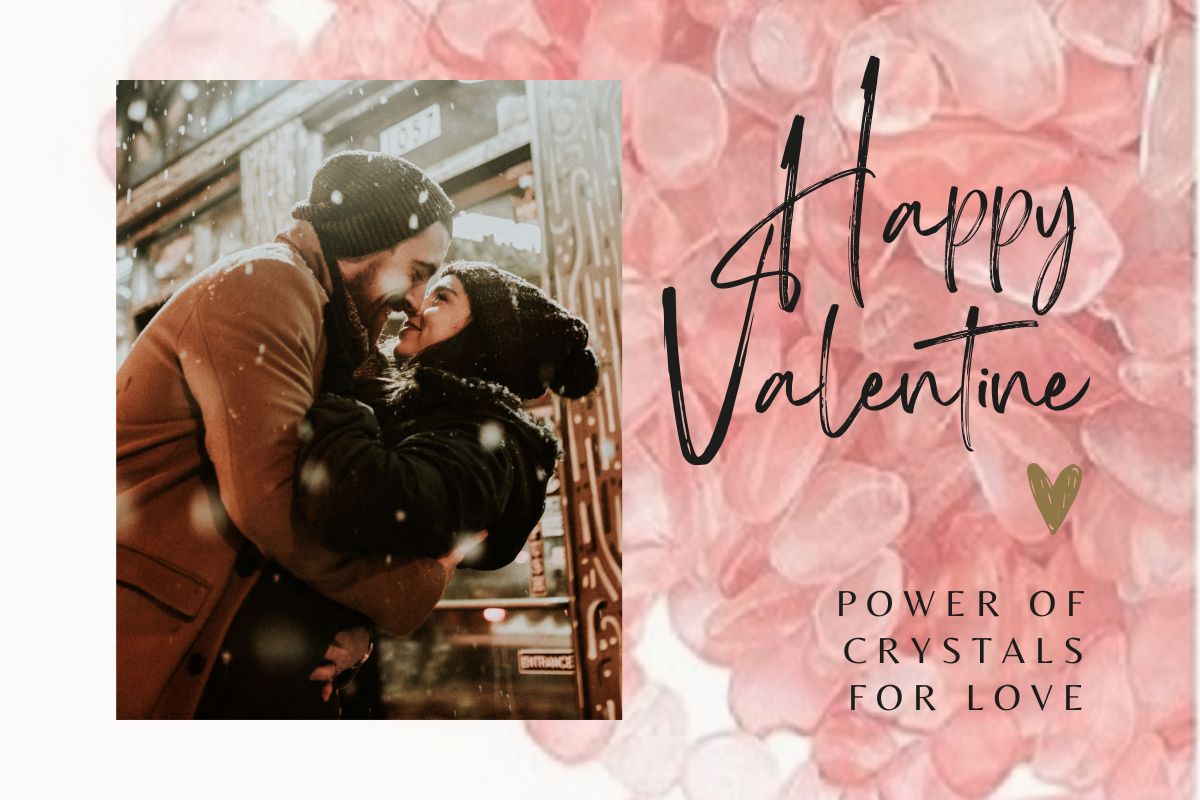In terms of the difference between jade and aventurine, jade is clearly distinguished from aventurine. Aventurine, in contrast to the opaque green of jade, has a lustrous finish and may be identified by its tiny, reflective particles, which are not visible on the surface of the jade.
So, is green aventurine jade?
These two stones (jade vs. aventurine) are each a striking green that demands attention. You might get them mixed up occasionally due to how similar they look and how similar their colors are because of this.
Sometimes it’s tricky to distinguish between stones like aventurine and jade, which look similar and serve comparable functions. However, while aventurine and jade can be a shade of green, the shimmering and iridescence of aventurine set it apart.
Jade refers to the gemstone varieties nephrite and jadeite, while aventurine is a kind of quartz. Aventurine’s vitrescence effect is absent in jade, making it inferior to the stone.
Table of Contents
What Is Jade?

The gemstones nephrite and jadeite are both referred to by their common name, jade. Jade is a complex gem with a characteristic green color that ranges from pale to dark.
Due to the similarities in appearance and qualities between these two minerals, the distinction between the two types of jade was not refined until modern times. Green, cream, and white are the most common colors for nephrite.
Furthermore, nephrite is the more common of the two—extraordinarily thick mineral fibers are interwoven to form this. The United States, Russia, China, and Brazil are all significant producers of nephrite jade.
Jade Meaning and Healing Properties
In the ancient Chinese art of feng shui—which aims to bring harmony and balance to your life and house via energy—jade is a highly prized stone representing calmness, serenity, harmony, and equilibrium. Among the various connotations of jade are power, prosperity, and health.
Jade is revered in China as a “living stone,” or material with its spirit. It originates on earth, but its luminosity is comparable to that of the sun and the stars, leading some to assume it bridges the gap between the celestial and terrestrial planes. Numerous jadeite pieces and samples are classified as yin or yang based on color.
Read more: Yellow Jade Meaning and Healing Properties
Read more: Black Jade Meaning and Healing Properties
Read more: Lavender Jade Meaning and Healing Properties
What Is Aventurine?
As a secondary gem material, aventurine is often fashioned into cabochons for use in jewelry and cuff bracelets. In general, the countries of India, Brazil, Austria, Russia, and Tanzania are the best places to look for aventurines.
Aventurine is a kind of mineral quartz or chalcedony that is distinguished by the presence of tiny chips or scales that reflect light and give the stone a reflective sheen. Although green is the most conventional color for aventurines, other colors, including orange, blue, yellow, and more, have been uncovered.
Fuschite, a chromium-rich variety of muscovite, is responsible for the green hue of several aventurines. This green can range from very light to quite dark, with hematite or goethite responsible for dark colors and orange tones.
Aventurine Meaning and Healing Properties
Aventurine is a divine crystal with a mysterious history, and its name has been the subject of much speculation. According to this explanation, the word “aventurescence,” which describes the attractiveness of tiny particles of a highly reflecting mineral when housed in a larger and less reflecting structure, is where the name “aventurine” comes from.
The aventurine gemstone is a spiritual heart healer. The heart chakra is connected to this energy center and serves as an activation point for love, compassion, gratitude, and harmony within oneself.
Read more: Green Aventurine Meaning and Healing Properties
Read more: Blue Aventurine Meaning and Healing Properties
Read more: Yellow Aventurine Meaning and Healing Properties
How To Tell the Difference Between Jade and Aventurine?
One of the most valuable factors for recognizing aventurine apart from jade is its appearance. You’ll see differences between them if you think about their outward appearances.
Composition
Green stones like aventurine and jade are among the most beautiful in the dazzling world of gems. These two stones are each a striking green that demands attention.
An opaque, non-glimmering appearance is characteristic of jade; the green coloration displays a matte finish with no shiny particles. You can quickly tell the difference between aventurine’s glossy finish and jade’s matte finish by placing the two stones side by side.
Color
Although both aventurine and jade are green in color, the two stones’ displays of this hue are distinctive. There are differences in the saturation of the colors if we compare the two palettes closely.
Moreover, while more transparent, the hue of other stones is still very muted and muted in vibrancy. The green tones of jade gems range from olive to woodland to moss to sage.
Pattern
There is a vast difference between aventurine and jade in terms of mineral composition, as will become evident when we assess the specifics of each stone. However, aventurine is easily identifiable due to its inclusions, distinguishing it from jade’s color bands.
The aventurine effect, created by the stone’s impurities, causes the stone to sparkle. In addition, inclusions of either muscovite or fuchsite cause the green color of the most common variety of aventurine.
The amphibole nephrite, made up of magnesium and calcium silicate, makes up the jade nephrite stone. In contrast, jadeite, also known as “jade,” is made up of aluminum and sodium silicate, as the name suggests.
Hardness
The Mohs scale rates how easily a stone scratches, the harder it is. On this scale, any mineral with a lower score can be scratched by any other mineral; for instance, talc is worth one, but diamond is worth ten.
On the Mohs scale, aventurines register between 6.5 and 7. Therefore, the hardness level of jade varies depending on the type of jade being discussed. For example, on the Mohs scale, jadeite registers at 6.5 to 7, while nephrite ranges from 6 to 6.5.
Healing powers
Aventurine is considered a stone of good fortune and achieving one’s goals. When you wear this stone, you’ll feel a surge of positivity, hope, and happiness flood your heart.
While this is going on, the jade’s healing energies will lead you to a beautiful state of inner peace. This stone emits calming vibrations that heal your mind and damaged heart to open a light gate that will allow you to welcome new hopeful prospects.
Read more: Jade Vs. Jadeite: What’s the Difference?
Read more: What Are the Difference Between Rhodochrosite, Rhodonite, and Rhodolite?
Read more: Moonstone Vs Opal – What Are The Differences?
Read more: Turquoise vs Blue Dyed Howlite Stone: What’s the Difference?
Read more: Is Dragon Blood Jasper the Same as Bloodstone?

More articles about Gemstones you may like:
The Ultimate Guide to Use Healing Crystals for Beginner
Which Hand to Wear Your Crystal Bracelet?
Green Crystals List: Names, Meaning, Healing, and Uses
Heart Chakra Guide: Meaning, Healing Properties, and Balancing
What Crystals Work Well Together? 6 Crystal Combinations Ideas for Different Intentions




